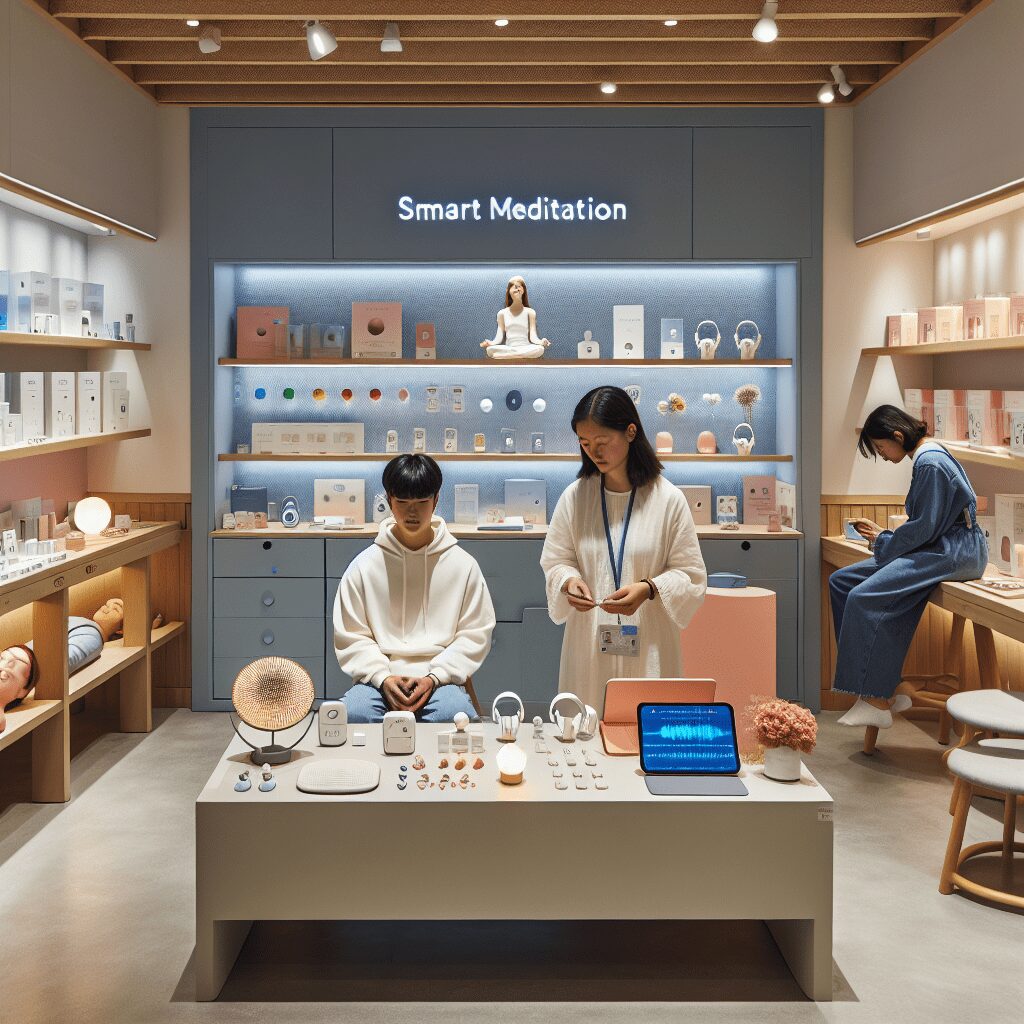
Prioritize your mental well-being daily. Enhance your life by nurturing your mental health with the Smart Meditation app. Break free from stress, alleviate anxiety, and enhance your sleep quality starting today.
Is Anxiety More Common In Males Or Females?
Unraveling the Enigma: Anxiety’s Gender Divide
In the vast and intricate tapestry of mental health, anxiety stands out as a pervasive thread, intricately woven into the lives of countless individuals worldwide. Yet, as we delve deeper into the fabric of this condition, a compelling question emerges: Is anxiety more common in males or females? The quest for an answer takes us on a fascinating journey through the labyrinth of psychological research, societal norms, and biological predispositions.
The Verdict from the World of Science
A consensus among mental health professionals and a slew of research studies reveal a striking pattern: females, on average, are more likely to experience anxiety than their male counterparts. This revelation, however, is merely the tip of the iceberg. To truly comprehend the gender divide in anxiety prevalence, one must venture beyond mere statistics and explore the multifaceted reasons behind this disparity.
-
Hormonal Hijinks: It’s no secret that hormones play a significant role in our mental wellbeing. For women, the hormonal rollercoaster, particularly during events like menstruation, pregnancy, and menopause, can exacerbate or trigger anxiety symptoms. Men, though not immune to hormonal fluctuations, have a more stable hormonal landscape, which might account for lower anxiety rates.
-
Societal Sewing Kit: Society’s expectations and the roles it assigns based on gender cannot be overlooked. Women often juggle multiple roles – caregiver, professional, homemaker – a balancing act that amps up stress levels. Moreover, the societal stigma attached to males expressing vulnerability may lead to underreporting of anxiety symptoms among men, skewing the data.
-
The Wiring of the Brain: Research suggests differences in brain structure and function between genders could influence the way stress is processed. Women’s brains, for instance, seem to ruminate more on negative emotions, a known risk factor for anxiety disorders.
-
A Tale of Two Coping Styles: When it comes to handling stress, men and women often occupy different camps. Women are more likely to seek social support and vocalize their distress, potentially leading to higher diagnosis rates. Men, on the other hand, might lean towards alcohol or substance use, masking their anxiety symptoms and delaying treatment.
Navigating the Gender Divide: Steps Forward
Acknowledging the gender gap in anxiety prevalence is just the beginning. The real challenge lies in bridging this divide, ensuring both men and women receive the support and treatment they need. Here’s how we can start:
- Breaking the Silence: Encouraging open conversations about mental health can dismantle stigmas and empower individuals to seek help.
- Tailored Treatment Approaches: Recognizing that one size doesn’t fit all in treatment is crucial. Gender-specific approaches to therapy and support can enhance effectiveness.
- Awareness and Education: Increasing awareness about the gendered aspects of anxiety can lead to early detection and intervention, changing the course of countless lives.
In sum, while anxiety does show a predilection for females, the crux of the matter extends beyond mere prevalence figures. It encompasses the biological, societal, and psychological nuances that dictate our response to anxiety. As we strive to understand and address these complex dynamics, we edge closer to a world where the grip of anxiety, irrespective of gender, is loosened, allowing for a life of greater peace and fulfillment.





